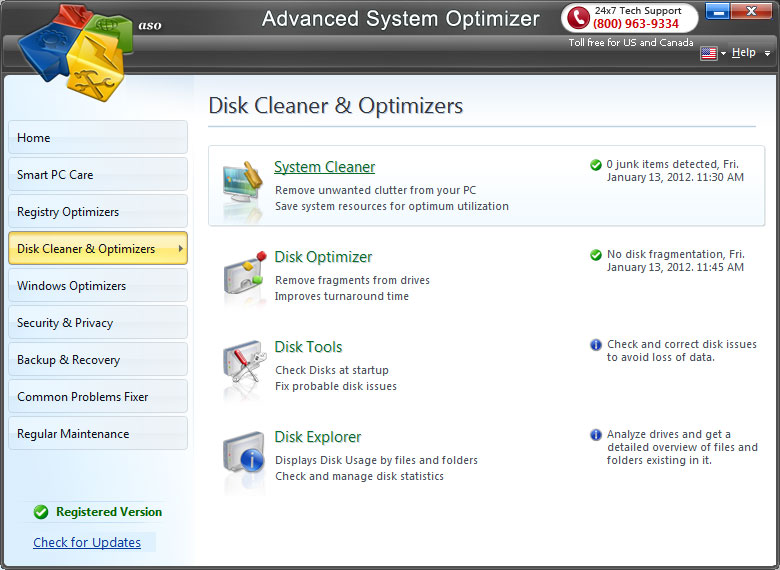

SIFs are extracted using the Displacement Correlation Method presented in. The direction of fracture propagation is computed using Mode I, II, and III Stress Intensity Factors (SIFs) and Schöllmann's criterion. A Linear Elastic Fracture Mechanics (LEFM) model based on Irwin's criterion is adopted for the solid domain. The fluid flow, descritized using a 2-D FEM, is modeled using the Reynold's lubrication theory and assuming a Newtonian fluid property. Both h-refinement around the fracture front and p-enrichment in the analysis domain are used to control discretization errors. The GFEM, which is based on p-hierarchical FEM enrichments, is combined with mesh adaptivity for the robust and computationally efficient simulation of mixed-mode brittle fracture propagation. This work presents a 3-D Generalized/eXtended Finite Element Method (GFEM) simulation of hydraulic fracture process by coupling the solid/rock domain equations with the fluid flow within the fracture using the algorithm reported in. The performance of the methodology is compared against fully 3-D models and the sub-modeling approach which is widely adopted in engineering practice for the analysis of problems with multiple spatial scales of interest. Another contribution of this work is a staggered algorithm for the solution of the coupled problems defined at the global, meso, and local scales.
#Accurate 5 crack download software#
The shell problem is solved with the commercial software Abaqus while the meso and local scale problems are solved with an in-house GFEM solver. The proposed multiscale framework combines software with complementary capabilities.

The coupling between global and mesoscale models is done using the iterative global-local algorithm and a Generalized Finite Element Method with analytically or numerically defined enrichments is used for the meso and local scales coupling. Three scales and corresponding models and discretizations are considered: A global shell model that captures only the overall behavior of a structure a 3-D mesoscale model that bridges the solutions between the global and finer scales and a 3-D fine-scale model, denoted local model, used to simulate localized defects, such as cracks, or structural features, such as welds. This paper presents an iterative multiscale Generalized Finite Element Method (GFEM) able to automatically couple 3-D solid and shell models and capture interactions among structural scales. Fully 3-D models can be prohibitively expensive when dealing with industrial-scale problems while plate and shell models are not able to capture localized 3-D effects around cracks, welds, and other structural features.


 0 kommentar(er)
0 kommentar(er)
